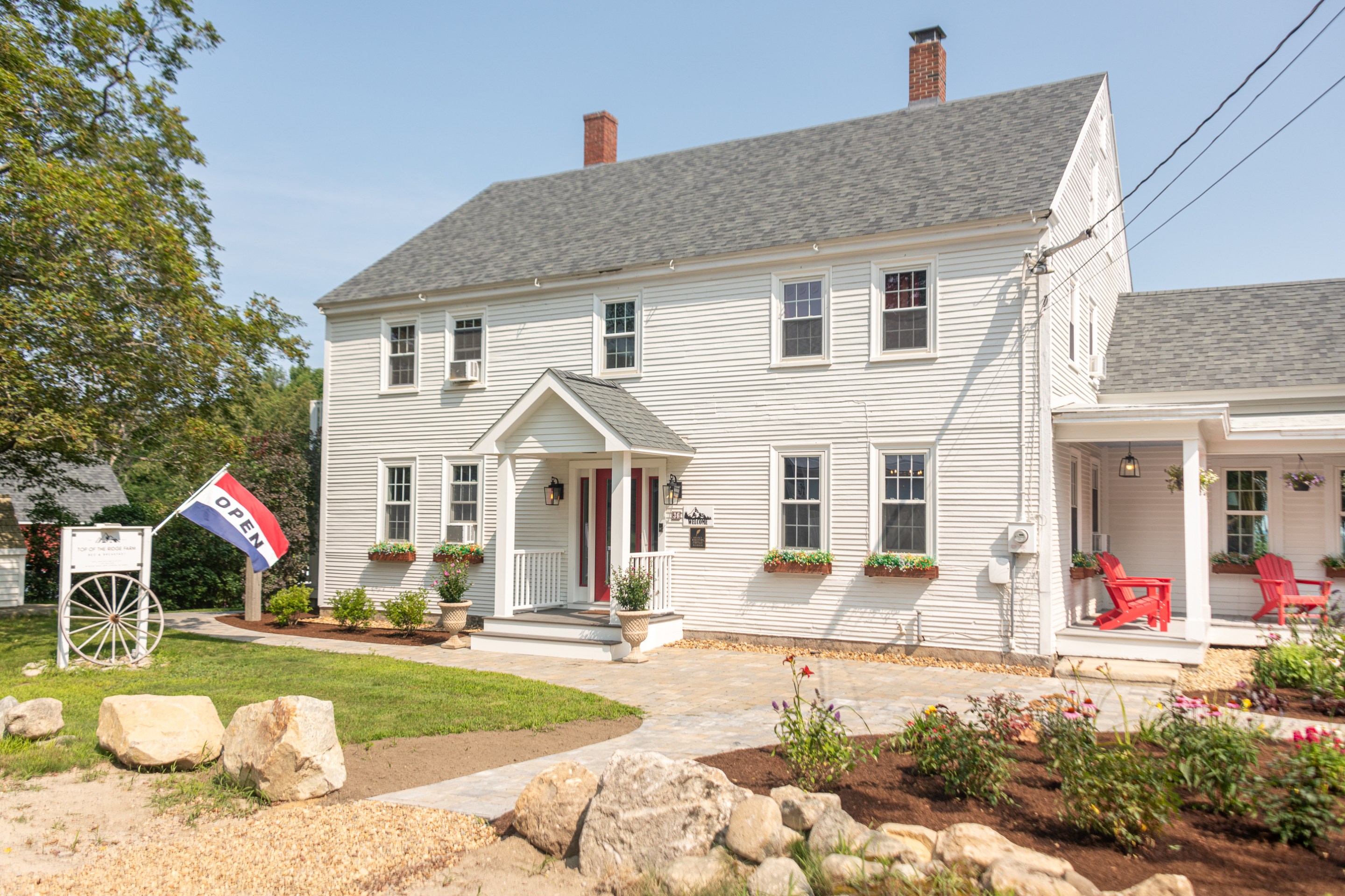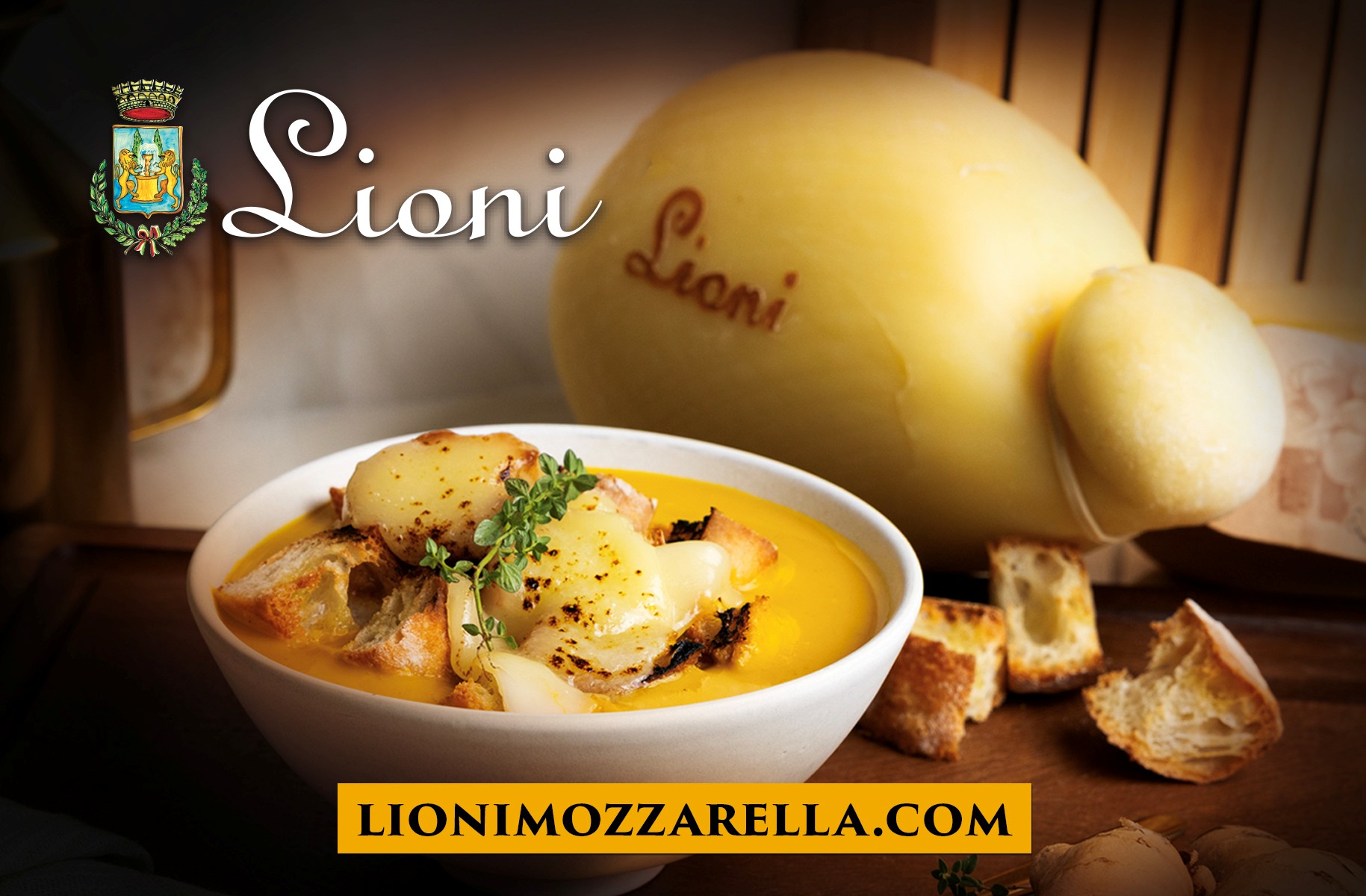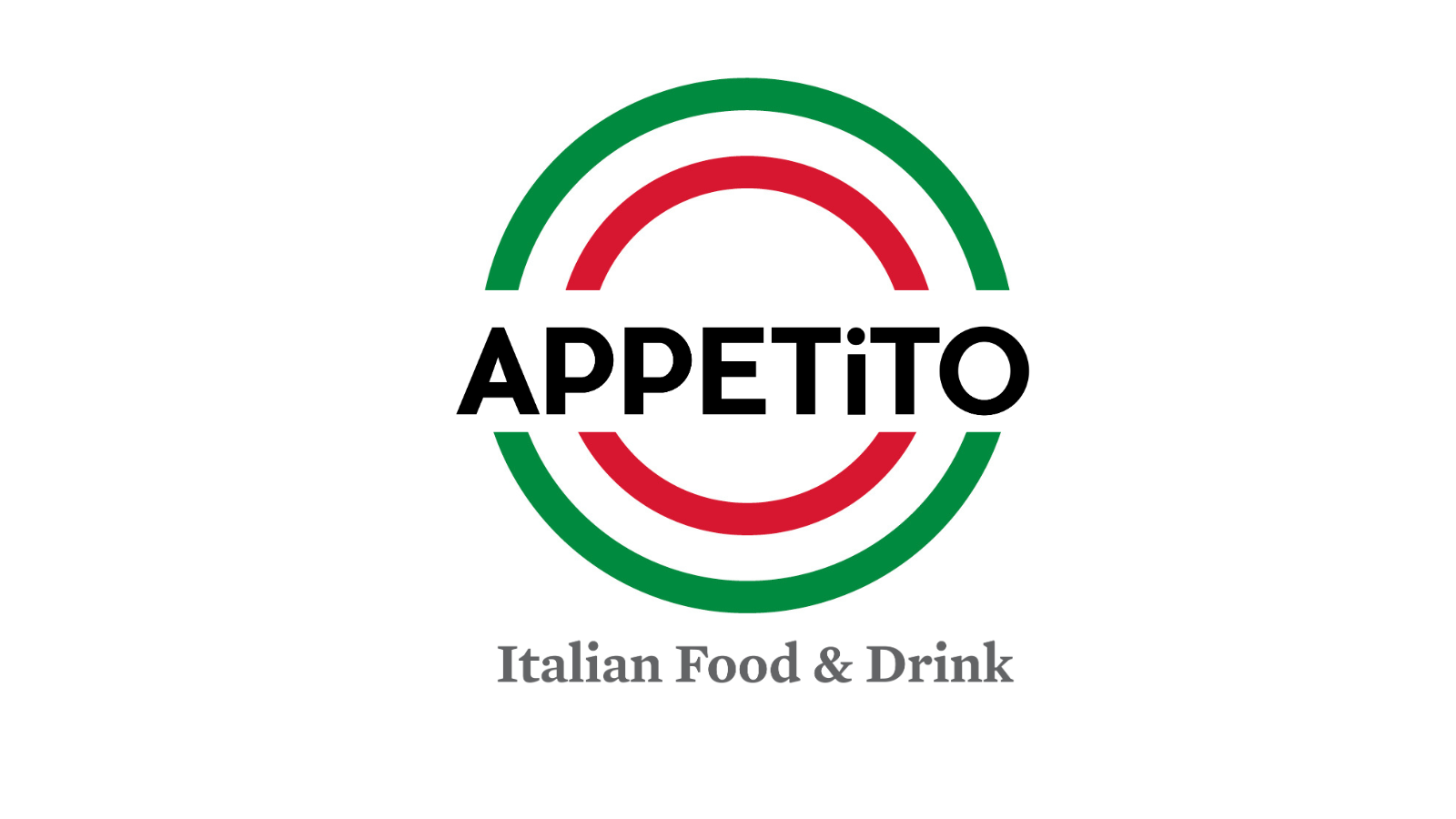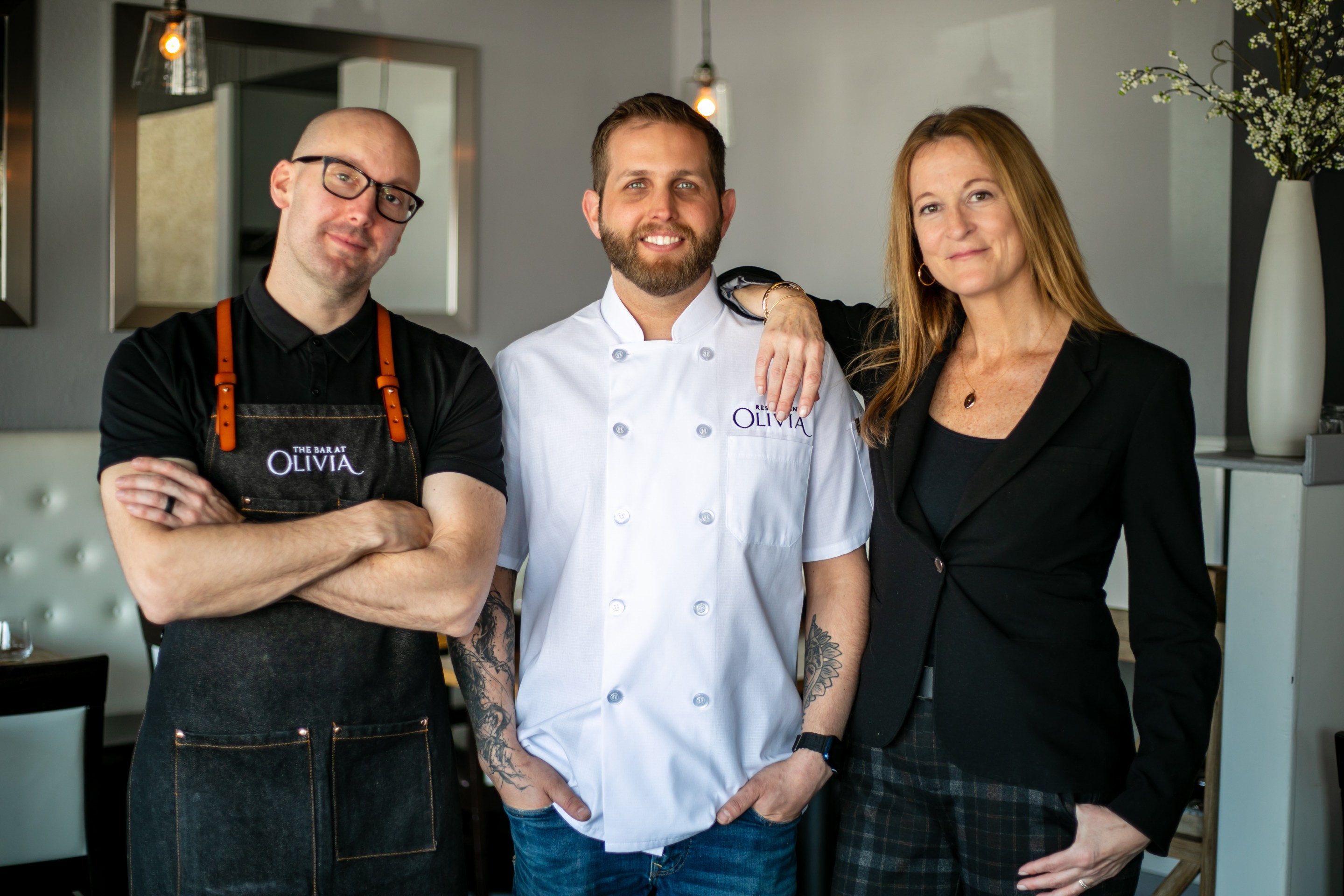With views of New Hampshire’s White Mountains, an Italian heartbeat quietly pulses through a restored 18th-century farmhouse. Top of the Ridge Farm Bed & Breakfast is the joint effort of innkeepers and co-owners Tatiana and Gino Michelizza, a couple who have turned their love of Italian food, hospitality, and culture into a deeply personal guest experience. Originally from Bibione, a seaside town on the Adriatic coast, Tatiana now shares her culinary heritage in daily breakfasts, cooking classes, and intimate guest gatherings, while Gino ensures every visitor feels right at home.

Together with their dedicated team, the Michelizzas have created a place that blends rustic New England charm with Italian soul. Tatiana, who answered our questions for this piece, spoke candidly about the small touches that transport guests to Italy, without ever leaving New Hampshire.
Your breakfasts are Italian-inspired and made to order. What regional Italian dishes or ingredients influence your morning menus?

I’m not a classically trained chef by any means; I cook by instinct and memory, the way my mother taught me. I was brought up with the concept of “use what you have and make it delicious.”
You might say our breakfasts have an Italian heart and a New Hampshire setting. The produce is local, the eggs are farm-fresh, but the spirit – the warmth, the generosity, the gioia di cucinare (joy of cooking) – comes straight from my Italian upbringing.I’m essentially cooking New England ingredients alla casalinga, home-style, like I would back in Italy. It creates a breakfast experience that feels authentic and personal rather than contrived. Guests often tell me they sense that comfort and heritage in every bite.
Cicchetti is such a Venetian tradition. How do you introduce this concept to guests who may not be familiar with it?
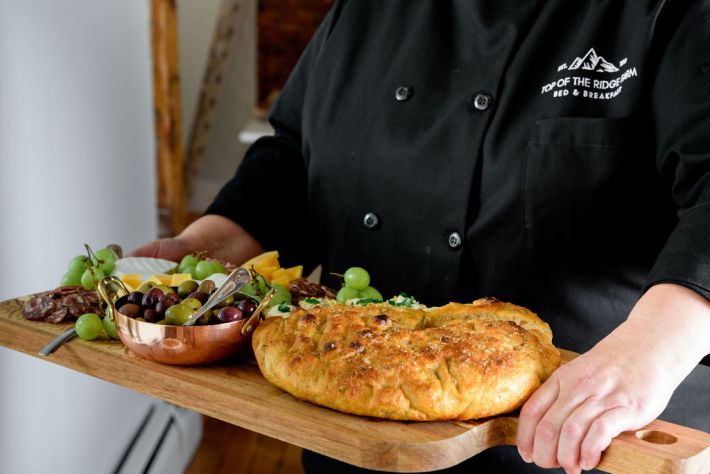
Cicchetti are traditional Venetian savory snacks or small plates – basically Italy’s version of tapas... Guests might not know the word cicchetti when they arrive, but after they’ve experienced it – maybe sitting on our porch in the late afternoon with a platter of bites and a spritz or glass of Prosecco in hand – they absolutely love it. It’s a way of slowing down and savoring the late afternoon, very much how Venetians do. We’ve even incorporated cicchetti into our romance and honeymoon packages, so a couple might find a romantic cicchetti and charcuterie board with wine waiting for them one evening.
Do any of your current recipes come directly from family members in Bibione, or are they reinterpretations you’ve developed here?
My cooking style really grew out of family tradition and necessity. I like to say I learned by osmosis, watching my mother and grandmother in the kitchen... It’s fair to say the recipes here are alla famiglia: inspired by family, carried on in spirit, but reinvented in my New Hampshire kitchen.
How do you recreate the feeling of an Italian table in New Hampshire, whether through the food, pace, or presentation?
I’m glad you mentioned pace and presentation, because those are so important. In Italy, meals – even breakfast – are meant to be savored, and the table is a place of connection. Here at the B&B, I try to make breakfast an experience, not just a quick start to the day. When guests come in, they’re often struck by the wonderful aromas – maybe the scent of freshly brewed espresso or the sweetness of a cake in the oven – and that already slows the mood. We serve the meal to order, and the guests get to choose from a curated selection. By combining the delicious home-style food, the inviting table setting, and that leisurely pace, I believe we recreate a little of the la dolce vita feeling of an Italian table right here in New Hampshire.
Do you source any ingredients directly from Italy, or are there certain Italian pantry staples you can’t live without?
We are huge on local sourcing for produce, dairy, and meats, but when it comes to specialties that give a dish its soul, I do turn to Italy. For instance, olive oil – I always use a good extra-virgin olive oil imported from Italy. The flavor and quality are non-negotiable for me; it’s the base of so many of my recipes. I also import Grana Padano (sorry, Parmigiano Reggiano!) and Latteria Friulano because those cheeses add a depth you just can’t fake. It’s a blend: 95% of ingredients are local, but that 5% of Italian essentials really brings the authentic flavors that I grew up with.
Guests notice and appreciate those little touches – like, “Oh, where did you get this olive oil?” because it’s so fragrant. I can’t live without them, and I love introducing these ingredients to people who may not have tasted the real thing before.
Cooking classes are such a hands-on way to connect with Italian culture. What do guests learn, and how do you share not just technique, but tradition?

Our cooking classes are one of my favorite things to do with guests, because it becomes this full cultural exchange, not just a how-to. We keep the classes small and personal (often it’s a couple or a family), right in our B&B kitchen. Guests might learn to make a classic Italian dish like homemade focaccia or perhaps fresh pasta and a simple sauce, or even a traditional dessert like crostata (jam tart).
I love sharing little Italian phrases too – like calling out "Attenzione, caldissimo!" when taking something hot out of the oven... The tradition of Italian cooking – that cooking is love, that a meal is to be shared – is really the core of the lesson. I always send people off with printed recipes and even a little keepsake (we have Top of the Ridge Farm aprons and mugs for our class participants), but I hope what they truly take home is a slice of Italian life and the confidence to recreate that warm, communal feeling in their own kitchens.
Italian hospitality is famously warm and personal. How do you bring that spirit into your guest experience here at the B&B?
In Italy we have a saying: “L’ospite è sacro,” meaning “the guest is sacred.” I truly take that to heart... One guest told me, “Staying here is like visiting my favorite aunt who happens to live in a gorgeous country farmhouse and cook me amazing food!” – I couldn’t have been happier to hear that. It means we succeeded in bringing that warm, personal touch that I myself grew up with.
What was the moment when you realized this property could become your version of a northern Italian agriturismo-style retreat?

One early fall evening, shortly after we moved in, I was standing on the back porch. The sun was setting over the mountains, the sky turning that lovely peach glow, and I could smell the grass and the wildflowers. I had a glass of wine in hand, and there was this peaceful silence only broken by crickets. In that instant, I was transported right back to Italy in my mind – it felt just like the countryside agriturismi I’d visited in Friuli or Tuscany, where life felt simple and beautiful. I got goosebumps. I called Gino (my husband) over and said, “Do you feel it? This could be that kind of place.” He smiled because he felt it too.
What do you hope guests take away - not just from their stay, but from experiencing a little slice of Italy through your eyes?
I hope they leave with a lasting sense of warmth and inspiration. Of course, I want them to remember the tangible things – maybe the taste of that first perfect cappuccino froth in the morning or the comfort of sinking into our bed with the smell of lavender on the pillows. But more than that, I want them to carry home the feeling they had here.
On a personal level, because this venture is so tied to my own heritage, I hope guests walk away feeling like they got to experience something genuine and personal. Like they were part of our family for a short time, and got a window into what our version of Italy is. And of course, I secretly hope that they take away a desire to return – to their home away from home – whenever they need that little slice of Italy again.
